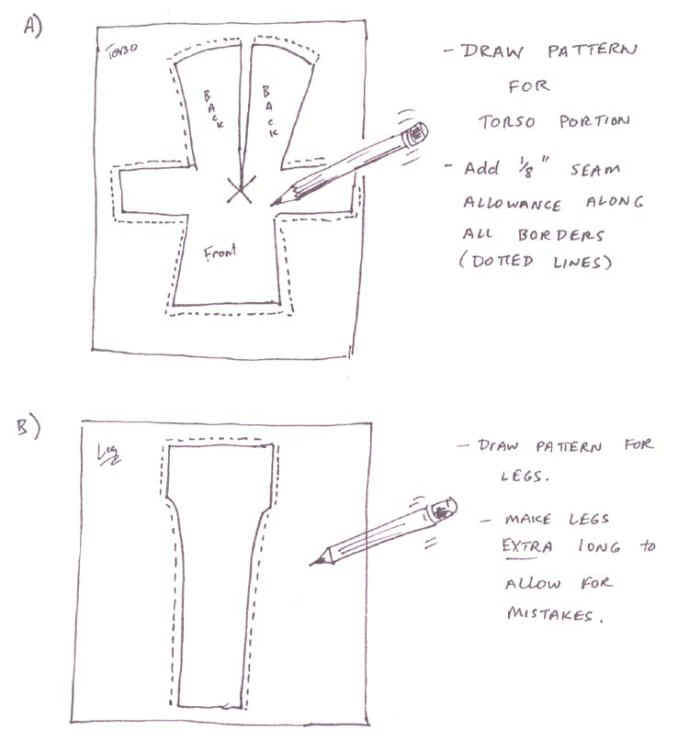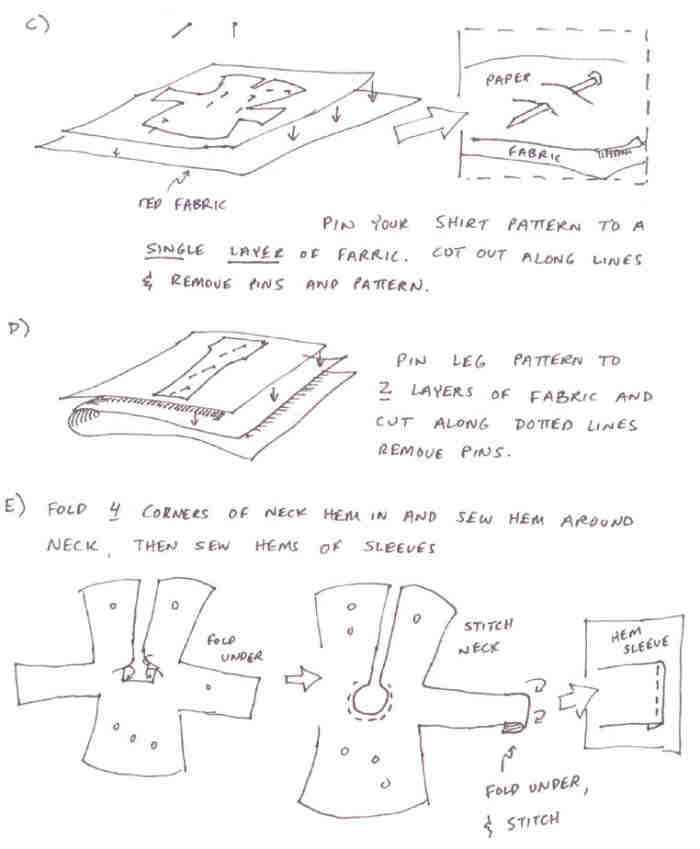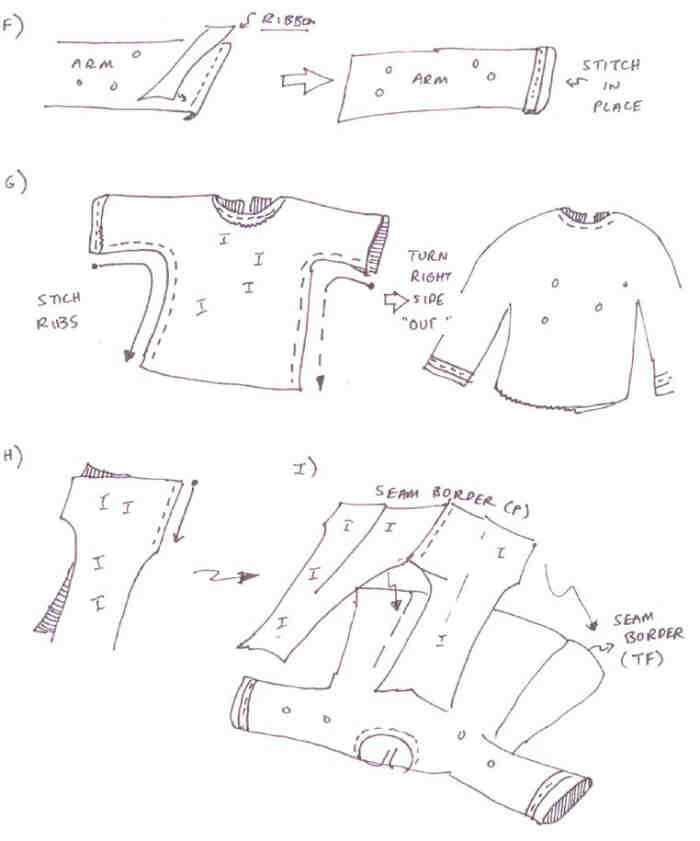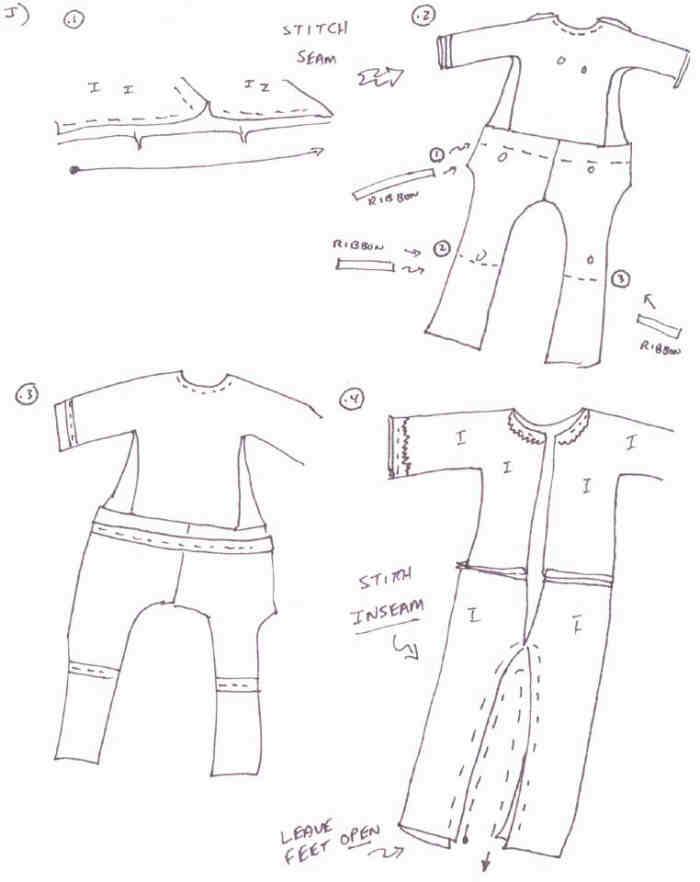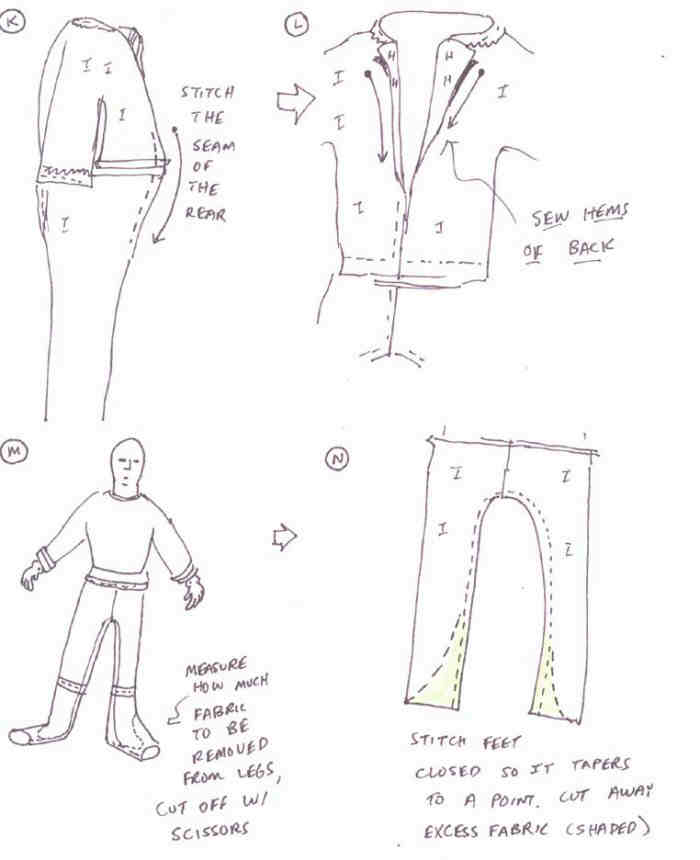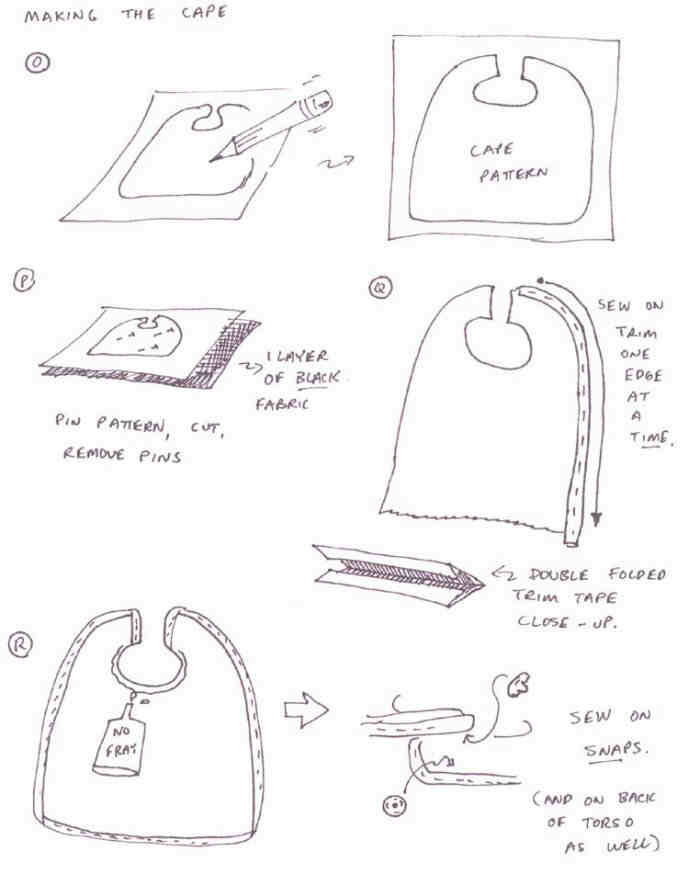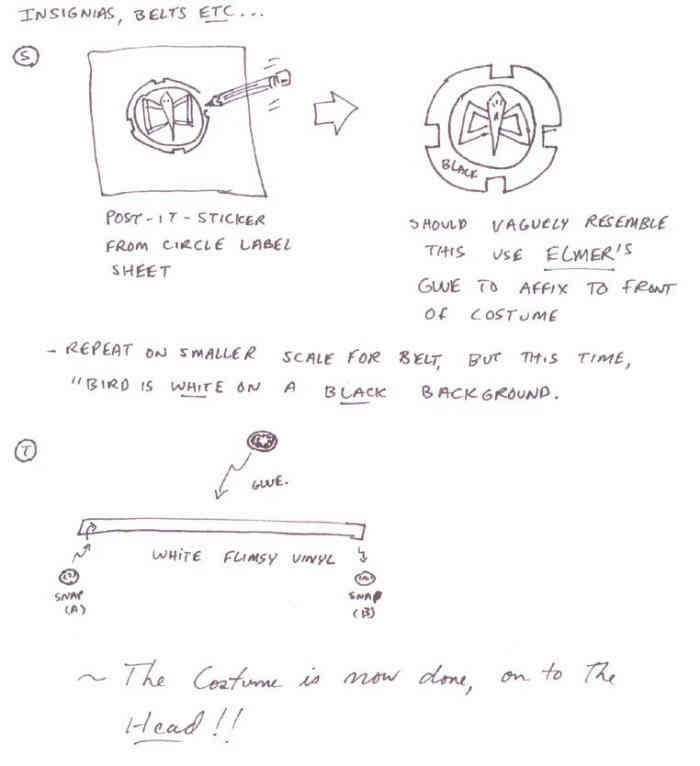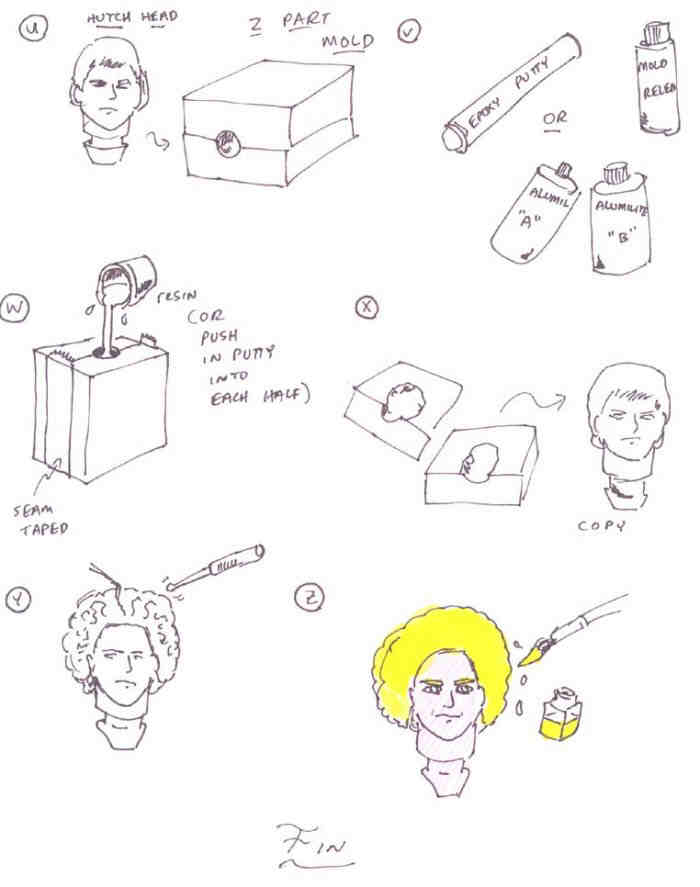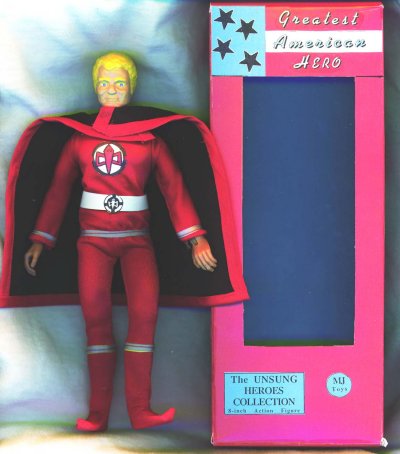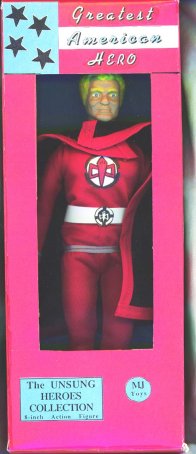
|
Customizing -- Greatest American Hero by Matthew Jaycox
Hello and welcome to my third customizing article, "How to Make The Greatest American Hero prototype." Now some of you may not be interested in this esoteric character that, as we all now, never made it into production before Marty Abrahms and Co. went belly up. However, you should stick around for this article b.c there are alot of great tips on basic costuming, which I've been meaning to write about for some time now. For one-time fans of the show like me, this figure is a dream come true, especially is you don't have $1800 to drop on the actual prototype. There's only a handful of them in existence, and a rea most likely owned by final collectors, so this is your only chance to own one. The first thing you should do is get a copy of J. Bonavita's book, "Mego Action Figure Toys." It has good pictures of this figure in there and will serve as a pictorial guide to how this figure should look. You can also reference my final product as you go along. I recommend using a David Soul head from Starsky and Hutch as your base head for modifying into Ralph Hinkley. They have very similar facial features, at least as action figures. Note: This is not the head I used in my final product, b/c once again, I felt I could improve upon the Mego design, I may change it later, but it works for now. Let me know if this article helps you fulfill a customizing dream. Continued feedback is what makes me want to keep doing this. If I feel like no one is benefitting, I'll just stop writing them. Some of you may notice that this article sounds familiar to a previous one of mine regarding GAH. In that one however, I didn't include any costuming instructions. Still, for those of you who may have lost that article, it's all still here in its entirety. Now let's get started!
Materials [HEAD]: - A Starsky and Hutch David Soul head (blonde guy, was he Hutch? If not just go with blonde guy, b/c that's who I mean) -Super Sculpey - Acrylic modeling paints, flat - Clay sculpting tools (stylus, smoother) - X-Acto knife - needle point files and sandpaper - Bondo auto repair plastic jelly - A/B plumber's epoxy or Miliput [or Alumilite A and B resin with mold release] - Pam Cooking Spray - Vaseline
Materials [costume]: - Red poly-interlock (spandex) fabric (flat red preferably) - Black Nylon Fabric - Tape measure - Red, double-fold seam tape (for the edges of the cape) - Grey-Silver ribbon tape, approx 1/8" wide - No Fray - Sew on snaps - Pins and needles - Red thread - Sewing machine and the skills to use it - Flimsy white vinyl (for belt) - White sticker labels, circular, diameter approx 3/4" - Red and Black Markers, fine point
PROCEDURE:[Costume] 1) Take out one of your Megos that has an appropriate seam pattern to the one we are going to attempt today (i.e. Shazam). Take your tape measure and start making measurements, such as the arm length, inseam, length from neck to crotch, length from neck to waste. Write these down and draw a pattern as shown in (figure A). Add 1/8" seam allowance to all seams. I have not given you the measurements, but that is how your pattern for legs and torso should generally look (figs A+B). Most people can make the patterns, they just don't know the order of the sewing, which is where I can help! 2) Lay your shirt pattern down on a single layer of red fabric and pin the pattern to the fabric. Cut out along the lines. Remove the pattern and pins (fig. C). Repeat for the leg pattern, except this time, use a double layer of fabric since you will be cutting out two. 3) Sew the hem of the neck by folding the flaps of the neck down under and and stitching along close to the fold (fig. E). Note: a coding system I am using to make sure you always know which side of the fabric you are looking at goes as such; When looking at what will eventually become the inside of the costume, little "I"s will be written on the surface, if the outside, then little "O"s, and if a hem line, little "H"s. 4) Stitch the hem of both wrists (fig. E, inset). Now take two short lengths of ribbon and lay them along the wrist close to the edge, and stitch to the fabric. Repeat for the other wrist (fig. F). 5) Turn your shirt inside out so all of the "I" sides are facing you. Stitch along each rib, starting at the wrist and working toward the hip in each case (fig. G). You may find it helps if you pin the fabric in place prior to stitching. Turn your shirt right side out now. 6) Lay the two "T"-like leg pieces together. Stitch the front of the pelvis as shown in (fig. H). Open this up like a book and position over the opened up shirt. The edge of the pants by the waist is called "seam border (P)" and the edge of the shirt nearest the waist is called "seam border (TF). They should line up as in (Fig. I). The "O"-sides of the garments should be facing each other with the "I" sides facing outward (fig. I). Pin this in place so that the seam of the crotch lines up with an imaginary line running down the middle of the torso. Stitch in place (Fig. J.1). Turn your new unitard right side out as shown in (fig. J.2). 7) Cut a length of ribbon for the waist and for the shin lines. Stitch the torso ribbon in a straight line approx 1/4" below the seam of the upper and lower body. Stitch the other pieces of ribbon in their appropriate places (fig. J.2 & J.3). 8) Turn the one-piece garment inside out so the I-sides of all surfaces are facing you. Stitch the inseams of the legs, but leave the "tubes" of the legs open for now (fig. Fig. J.4). Turn the costume on it's side and gather up the slack in the spine and rear end area and stitch it shut, leaving about 1.5" unstitched from the neck to the small of the back. This will facilitate your figure getting in and out of his costume. Fold the flaps of the back over and toward you and stitch their hems (Figs. K+L) 9) Place the costume on the figure and measure how much extra fabric you have in the "tubes" of the feet (fig. M). Cut this excess off, but leave approx. 1/8" for seam allowance. Stitch the feet closed such that the stitch tapers to a point as seen in (fig. N). 10) Draw a pattern for the cape closely approximating the one shown in (figure O.). Pin this to a single layer of black nylon similar to what Mego used on their capes (i.e. Shazam, Thor) (fig. P). Cut out along the lines and remove the pins and patterns. You may want to use some No-Fray here to keep your seams from shredding while you try to sew on the trim. You should get double-creased red trim tape which is approx. 1/8" wide. Lay this along the margins as shown, fitting the black inside the groove of the tape, and stitch in place (fig. Q). Work VERY SLOWLY on this. It is tricky. Hand sew a pair of sew-on snaps onto the neck area of the cape. Also do this for the unitard in back near the neck (fig. R). 11) Draw your insignia in pencil on circle sticker until it looks good (fig. S). Erase your pencil marks as much as possible so you can still see them, and begin to color in. Outline the "bird" in black finally. Cut this sticker out and affix it to the costume. If you have worn the tackiness out of the sticker with repeated handling, use a thin smear of Elmer's glue on it. Elmer's is the only glue to use when affixing decals b/c it is water based and won't permanently affect the garment. Cut a thin strip of white vinyl of appropriate length and sew snaps onto each end (fig. T). Make another insignia on a smaller scale. Follow the color scheme in J. Bonavita's book. Affix to the front of the belt as a buckle. Your costume is now done, onto the head! How easy was that?!?
PROCEDURE: [Head] 1) Get your hands on a Hutch? head from the Starsky and Hutch (the blonde guy). This head is very similar in general shape and size to the Ralph Hinkley prototype head (minus the blonde 'fro, of course). Make a 2-part mold of his head (fig U). If you already know how to do this, skip on to step 7. 2) Construct a mold box (fig. U). I like to use Lego blocks for this. I make the box large enough to fit two heads in side to side, and 7 legos deep. The bottom of the box should be open. Coat the inside walls of the box with vaseline. Place the box on a piece of wax paper which has been smeared lightly with Vaseline. 3) Mix up enough Bondo to fill the box halfway. Mix in a disposable tub (old Margarine tubs are good.) If you coat the inside of the tub w/Vaseline, it can be used over and over. Pour the Bondo into the Mold box and allow it to settle a bit. Once it has start to set slightly, take Hutch and press the back of his head into the Bondo until mid earline. Make sure the flat of the neck plug touches one of the walls of the mold box. Then take a couple of pen caps coated in vaseline and press them into the Bondo at two separate places. (These will eventually make guide pegs for the mold so it will always line up.) 4) Once the mold has set, with your head still in there, coat all surfaces (excluding the head. The head won't stick to the bondo) with a thin coat of vaseline, This will keep the second part of the mold from sticking to the first. Mix up some more Bondo and pour it on top of the head slowly so no air bubbles form. Fill to the top of the mold box. Allow this to set. 5) Remove the Legos and you now have a complete mold. Use a putty knife or screwdriver to separate the two halves. Remove the original head and clean it off. You now have a mold of Hutch. 6) Coat the insides of the mold with a little cooking spray and work it into all crevices. Knead up some epoxy (enough for one head) (fig. V) and press it into the mold. Fit the two halves together (fig. W). Secure them with several rubber bands. Some of the excess should squeeze out the hole in the mold by the neck plug. You will know it is done curing when this is hard. When done, carefully remove your brand new cast of a head. Note: if you want to use a resin plastic for this, it will work fine. Simply fit the two halves together after coating the insides with Resin mold release, and tape up the seam to seal it. Pour the mixed resin through the neck hole (fig. W). 7) Take out your files and X-acto knife and start filing away. You want to file down his hairline to more closely match that seen in J. Bonavita's book, "Mego Action Figure Toys." 8) Roll out some gobs of sculpey and lay them in thin sheets onto his head. Using your finger to smooth over any imperfections. Try to generally build up the round appearance of his hair. Finally, once you have got the general shape, use your stylus and sculpting tools to draw "squiggly" lines in the hair to give the impression that it is curly. It should bunch up here, and depress there etc... When you are done sculpting, place the whole thing in the oven at 275 F for 12-15 mins, or if your sculpey is sufficiently thin, blast it with your hair dryer in intervals until hard. 9) Paint your head as shown in the pictures of J. Bonavita's book. Use a flat white for a primer coat. Paint the rest in this order: Flesh tone of face, yellow of hair, whites of eyes, blue dot for eyes, yellow eyelashes and eyebrows (yeah, they actually gave him yellow eyelashes), white pupils. Cover with a flat acrylic sealer. Your head's now done and ready to be outfitted on the body.
|

| CUSTOMEGO | GALLERIES | HOME | FAQ | FORUMS | SEARCH | CONTACT | LINKS |





